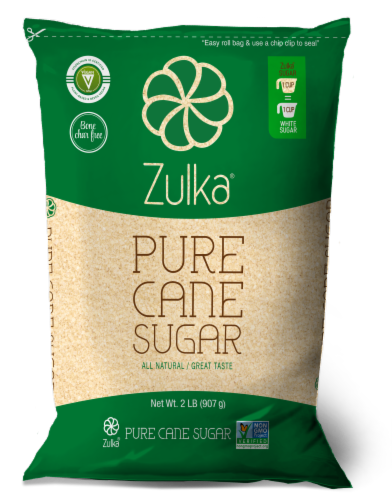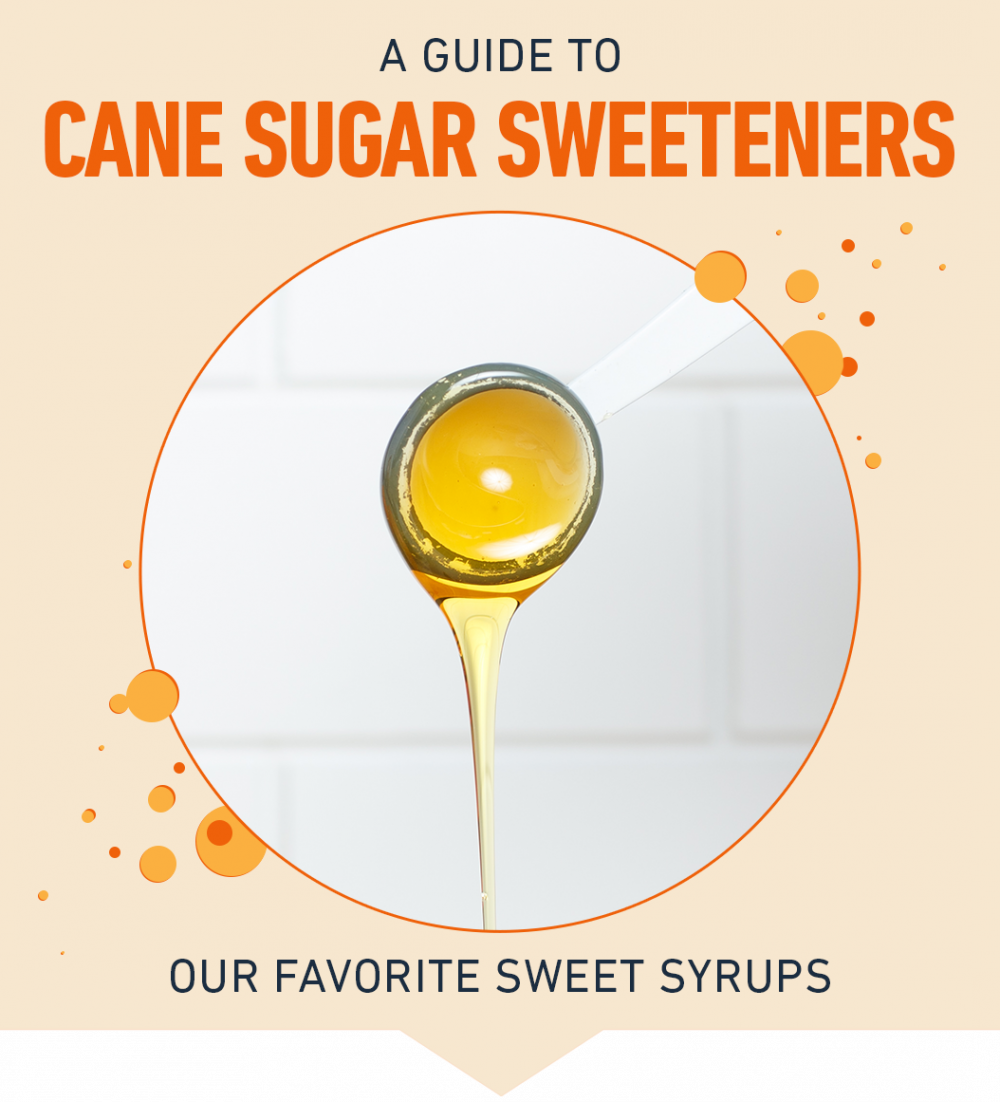Recognizing Cane Sugar Processing: A Comprehensive Overview of the Stages
Recognizing Cane Sugar Processing: A Comprehensive Overview of the Stages
Blog Article
Recognizing the Vital Techniques and Technologies Employed in Modern Walking Cane Sugar Handling
The advancement of walking cane sugar handling has actually been significantly shaped by the integration of advanced techniques and innovations that address both efficiency and sustainability. Enzyme-assisted removal and advanced refining methods have actually changed yield optimization, while automation helps with functional integrity. Additionally, the focus on sustainable techniques reflects an expanding awareness of ecological impact. As we check out these critical developments, it ends up being crucial to take a look at exactly how they not just boost manufacturing yet also align with broader industry trends and consumer demands, increasing concerns regarding the future of sugar handling and its effects for international markets.
Historical Context of Walking Cane Sugar Handling
The historical context of walking stick sugar processing exposes an abundant tapestry of farming technology and cultural exchange that has actually formed its growth over centuries. Originating in Southeast Asia, sugarcane was grown as early as 8000 BCE - Cane Sugar Processing. The procedure of refining and removing sugar gained energy in India, where approaches for formation were developed around the sixth century. This understanding passed through to the Middle East, and by the 12th century, sugar ended up being a valued commodity in Europe, bring about the facility of sugar ranches in the Mediterranean.

Advanced Removal Methods
Effectiveness in walking cane sugar extraction has seen significant developments, driven by the need for higher returns and reduced production prices. This technique not only increases sugar yield however additionally reduces the power needed for processing.
Additionally, the adoption of membrane filtration modern technologies, such as nanofiltration and reverse osmosis, has actually changed the splitting up of sugar from impurities. These techniques permit the careful permeation of sugar particles while retaining larger contaminants, simplifying the removal procedure and decreasing waste.
Furthermore, the integration of continuous extraction systems has brought about boosted functional performance. Cane Sugar Processing. These systems keep a constant flow of walking stick material, ensuring optimum extraction problems and lowering downtime related to set handling
Innovative Refining Technologies
Refining strategies in walking cane sugar handling have undergone a transformative shift, driven by the need for higher purity and improved item quality. One of one of the most notable advancements is the adoption of membrane filtering technologies, such as ultrafiltration and nanofiltration. These procedures efficiently get rid of contaminations and colorants without the demand for comprehensive chemical treatments, thereby preserving the sugar's natural flavor and boosting its appeal.
Another substantial development is using ion exchange resins, which enable discerning elimination of undesirable ions from sugar options. This technology not just increases the total purity of the last product but likewise adds to decreased waste and environmental influence.
Additionally, developments in adsorption methods, using activated carbon and various other advanced materials, have actually shown effective in decolorizing sugar remedies while preserving optimum quality. The assimilation of these ingenious refining technologies ensures that producers can generate refined sugar with superior clearness and taste, fulfilling the evolving preferences of consumers.
Automation and Control Equipment
Recent innovations in refining innovations have led the way for substantial improvements in automation and control systems within cane sugar handling centers. These systems make use of advanced software and hardware to enhance functional effectiveness, lower human mistake, and ensure constant product top quality.
Modern automation incorporates different components, including sensing units, actuators, and programmable logic controllers (PLCs), enabling real-time tracking and control of vital procedures. For circumstances, temperature level, pressure, and circulation rates can i was reading this be exactly controlled throughout extraction, explanation, and condensation phases, optimizing performance and minimizing waste.
In addition, progressed data analytics and artificial intelligence algorithms play a critical role in anticipating upkeep, allowing operators to expect equipment failures prior to they happen. This aggressive strategy not just lowers downtime yet likewise extends the life-span of equipment.
Additionally, automation facilitates the implementation of Industry 4.0 concepts, encouraging sugar mills to achieve better connectivity and data exchange throughout processes. As an outcome, decision-making ends up being even more agile and enlightened, ultimately improving the overall competition of walking cane sugar production. With these improvements, the market is well-positioned to meet growing worldwide demands while maintaining functional excellence.
Sustainability Practices in Sugar Manufacturing
Sustainability methods in sugar manufacturing have actually become significantly necessary as the industry seeks to stabilize financial viability with environmental duty. As consumer recognition expands pertaining to the environmental influences of farming methods, sugar producers are taking on ingenious techniques to decrease their environmental impact.
One considerable approach is the application of precision farming techniques, which make use of data analytics to maximize resource usage, such as water and plant foods. This minimizes waste and lessens the influence on local ecological communities. In addition, many producers are transitioning to renewable energy sources, such as biomass from sugarcane byproducts, to power their procedures, thereby decreasing reliance on nonrenewable fuel sources.
Water management practices are likewise critical; rain harvesting and reliable irrigation systems assist minimize water deficiency problems. Cane Sugar Processing. In addition, integrated pest management methods lower chemical usage, promoting biodiversity and soil health
Corporate social obligation campaigns are emerging, with business purchasing neighborhood communities and making certain fair labor techniques. By welcoming these sustainability methods, the sugar sector not only improves its credibility yet also adds to an extra sustainable farming landscape, paving the means for future generations.

Conclusion
In recap, contemporary walking stick sugar handling incorporates an array of innovative techniques and technologies that dramatically improve yield, performance, and sustainability. The fostering of innovative her response removal and refining methods, along with automation and control systems, assists in improved functional performance and product quality. Furthermore, the emphasis on sustainable methods emphasizes a commitment to minimizing environmental influence and advertising ethical production. Collectively, these improvements place the walking cane sugar sector to meet contemporary needs while resolving critical global obstacles.
The evolution of cane sugar processing has actually been significantly formed by the integration of innovative methods and technologies that attend to both efficiency and sustainability.The historic context of cane sugar processing discloses a rich tapestry of agricultural innovation and social exchange that has actually shaped its growth over centuries. Innovations in milling and refining emerged, laying the groundwork for modern walking stick sugar processing.Refining strategies in walking stick sugar processing have undertaken a transformative change, driven by the demand for higher pureness and enhanced item top quality.In summary, modern Discover More walking cane sugar handling includes a range of advanced techniques and technologies that considerably enhance sustainability, yield, and effectiveness.
Report this page